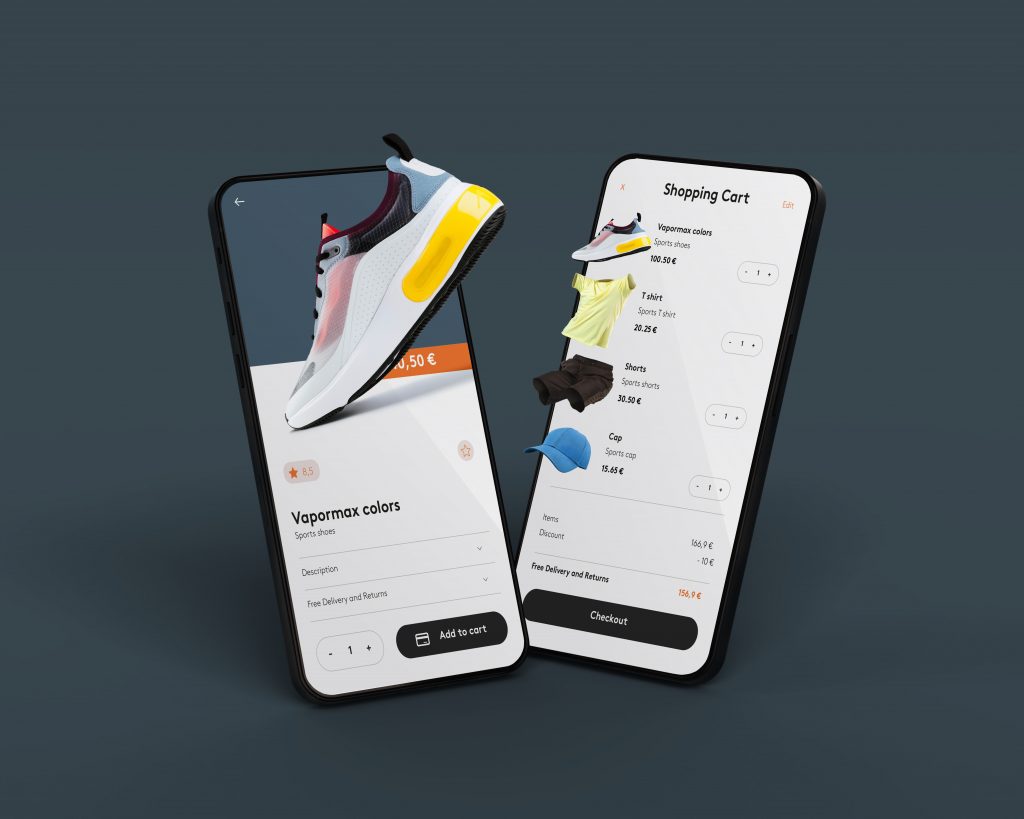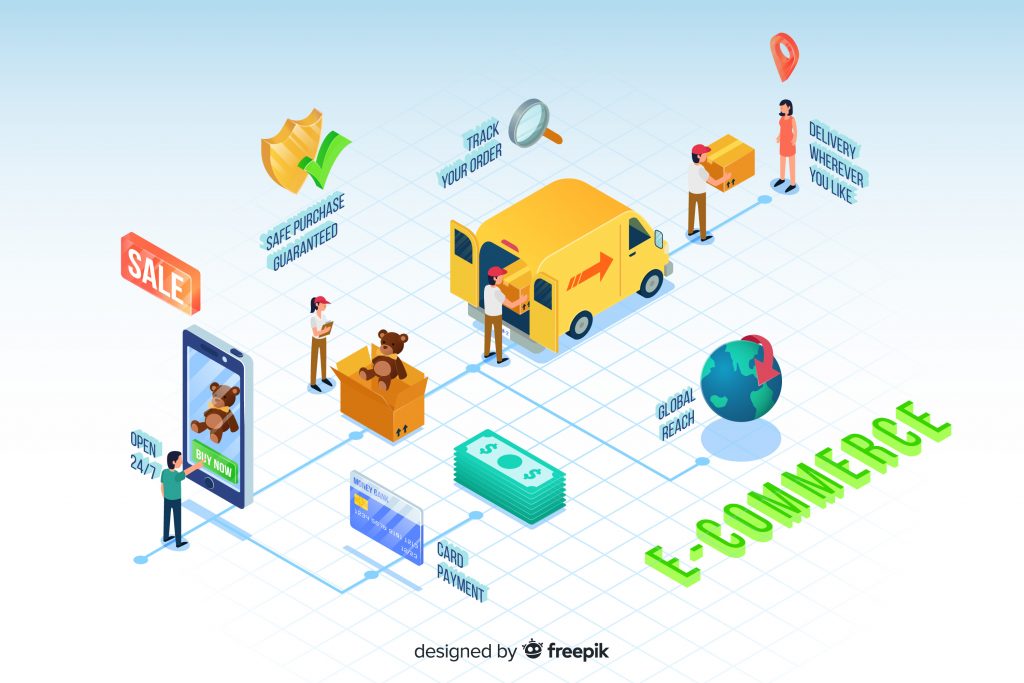
E-commerce Website Design in South Africa: A Guide to Online Success
The importance of e-commerce website design in South Africa
A successful e-commerce website is essential to a company’s success in South Africa in the current digital era. Businesses that want to stay ahead of the competition must invest in an excellent e-commerce website because South Africa’s e-commerce market is expanding quickly. A website can help businesses by enhancing their online presence, raising customer engagement levels, and boosting sales with the right design.

The purpose of this article is to provide a thorough overview of South African e-commerce website design. We will go over the crucial elements to take into account when selecting an e-commerce website designer, the most recent developments in e-commerce website design, and how to pick the best designer for your company. This guide has all the information you require, whether you’re launching a new e-commerce business or looking to update your current website.
Having a well-designed e-commerce website has many advantages for businesses. The benefits are obvious, ranging from raising user satisfaction and customer engagement to boosting sales and raising brand recognition. In this article, we’ll go over these advantages in more detail and offer insightful information about what makes a great e-commerce website design.
Key Factors to Consider When Choosing an E-commerce Website Designer
Experience:
Experience is a key factor to take into account when choosing an e-commerce website designer. You want to collaborate with a designer who has a track record of producing high-quality, successful e-commerce websites. Choose a designer who has previous experience working with companies in your industry because this will help you better understand their skills and what to anticipate from the finished product.
Technical Expertise:
Additionally, the designer you select should have a solid technical foundation. They ought to be knowledgeable about the most recent developments and design trends for e-commerce websites and be able to incorporate these into your website to produce a cutting-edge user interface. Make sure the designer you choose is familiar with the e-commerce platform you’ve chosen and has the technical know-how to implement any customizations you might need.
User Experience and User Interface Design:
Your e-commerce website’s user interface (UI) and user experience (UX) are crucial to its success. Your designer should have a thorough understanding of UX/UI design principles and be able to produce a user-friendly, intuitive website. Additionally, the designer should be able to produce an engaging, aesthetically pleasing website that entices visitors to browse and make purchases.
Search Engine Optimization:
An important consideration in the design of an e-commerce website is search engine optimization (SEO). Your website’s designer should be familiar with the most recent SEO techniques and trends and be able to optimize it for higher search engine rankings. This will help your business reach a wider audience and increase the likelihood of attracting new customers.
Customer Support:
Finally, it’s critical to pick a designer who provides top-notch customer service. You want to work with a designer who will walk you through every step of the design process and who is available, accommodating, and easy to communicate with. You should have faith that your website designer has your back whether you require help with technical problems or simply have inquiries about your website.

Latest Trends in E-commerce Website Design in South Africa
Mobile devices are becoming increasingly popular in South Africa when it comes to online shopping. As a result, it’s crucial that your e-commerce website is created with mobile users in mind. This calls for implementing a mobile-first design strategy, which puts the mobile user experience first and guarantees that your website is prepared for smaller screens.
In the design of e-commerce websites, personalization is becoming more and more significant. Customers prefer shopping experiences that are catered to their unique requirements and preferences. To do this, designers are implementing features like personalised product recommendations that make it simple for users to find what they’re looking for.
Designing responsive and personalised e-commerce websites is becoming more and more popular, and interactive elements like product videos and 360-degree product views are becoming more and more common. These features enable customers to interact and immerse themselves in the products, which can enhance their overall shopping experience.
A growing number of e-commerce websites are being designed with artificial intelligence (AI). Artificial intelligence (AI) tools like chatbots and voice assistants are being used to improve the shopping experience for customers. For instance, chatbots can offer product recommendations to customers, and voice assistants can guide customers through the product search and checkout process.
In South Africa, the design of e-commerce websites is increasingly becoming more minimalist. This approach emphasizes simplicity and clean lines, and is intended to create a modern, professional look and feel. By streamlining the shopping process, customers will have an easier time finding what they’re looking for and completing transactions.

How to Choose the Right Designer for Your Business
The first step in choosing the right designer for your business is to research their portfolio and track record. Look for web designers who have experience creating e-commerce websites and who have a history of producing high-quality work. Obtaining references from other company owners who have previously worked with the designer is also beneficial.
When working with a designer, communication is essential. Choose a designer who is approachable and open to hearing your needs and suggestions. It’s crucial that you pick a designer who shares your vision for your e-commerce website and is dedicated to bringing it to life.
Verify that the designer you select has a design aesthetic that is consistent with the goals of your company. If you want your e-commerce website to have a certain look and feel, look for designers who have a portfolio that reflects that.
A designer’s technical proficiency should be taken into account when hiring them. It’s critical to select a designer who is knowledgeable about current technologies and trends in e-commerce website design and who has experience working with platforms like Shopify and Magento.
Finally, think about the price of hiring a designer. Make sure to pick a designer who charges fairly and is open and honest about their expenses and billing procedures. Look for designers who are prepared to work within your constraints and who are dedicated to producing high-quality work that will actually benefit your company.

